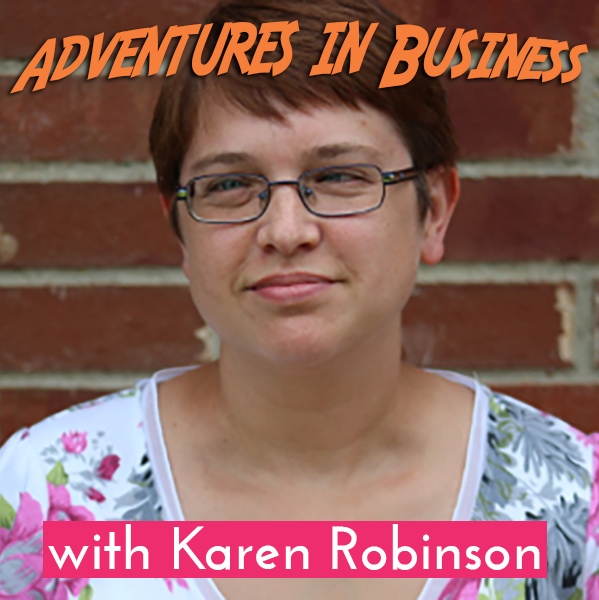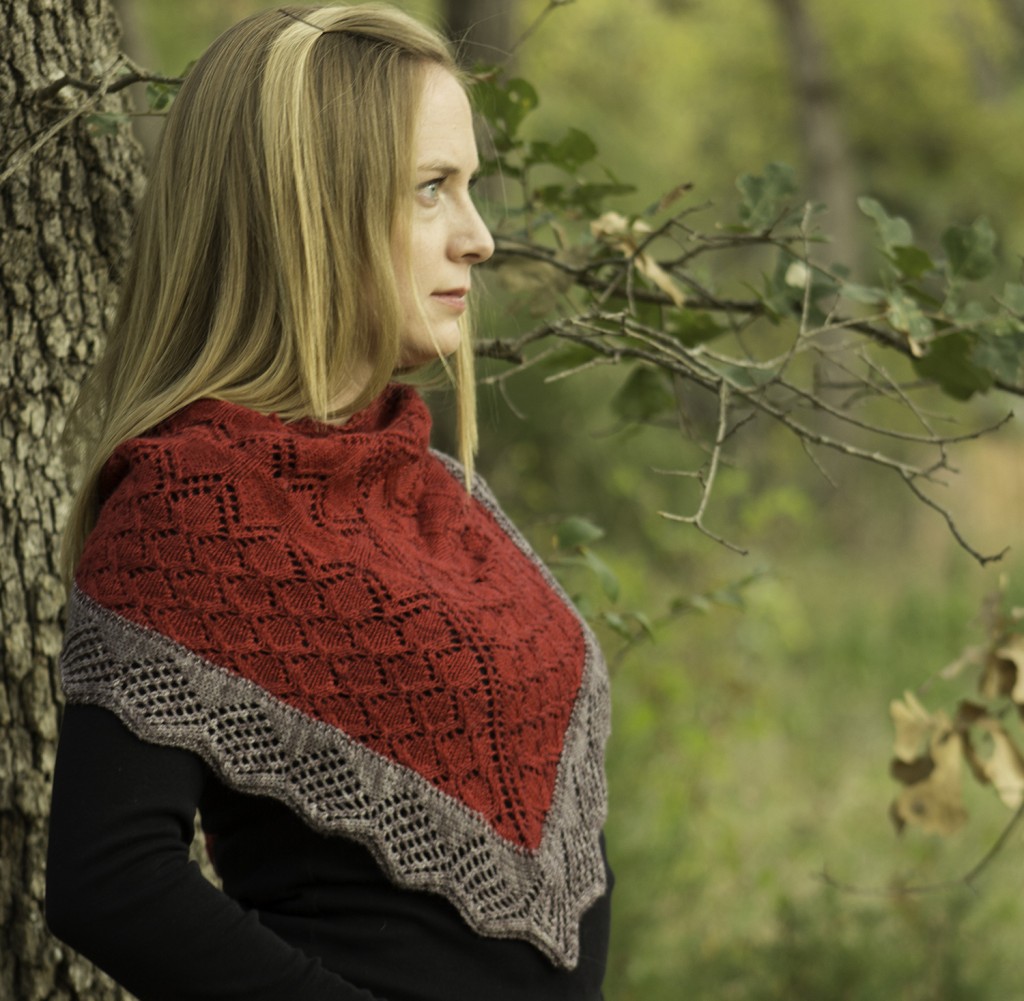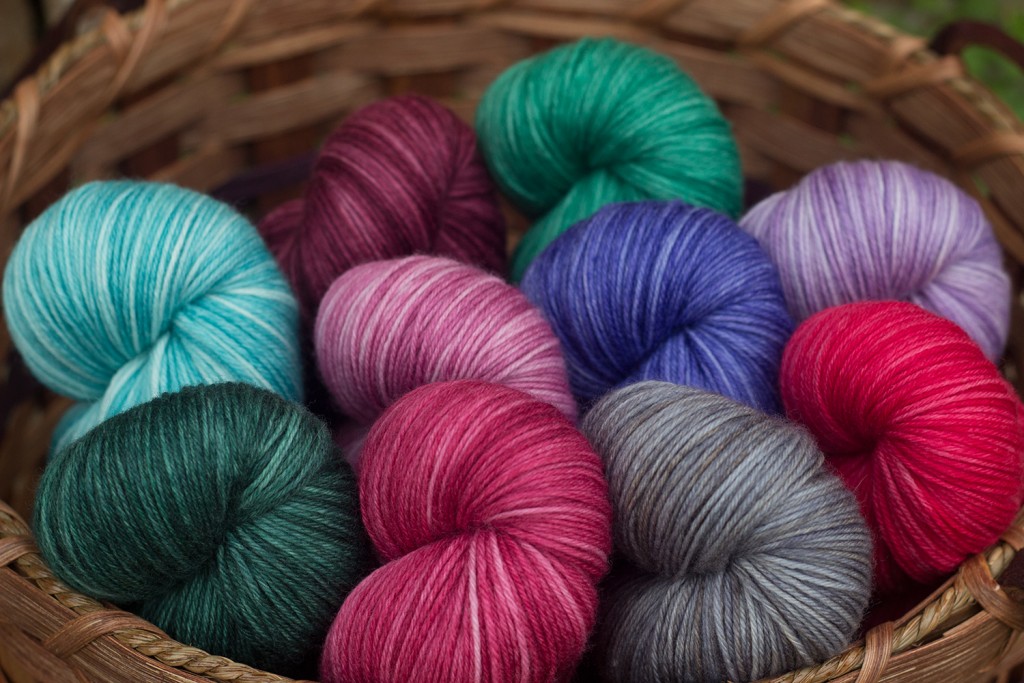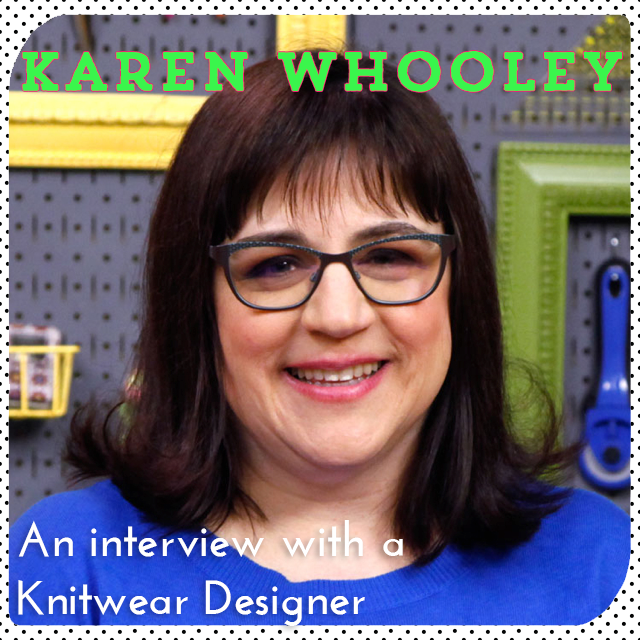 Today I'm happy to share the adventures of Starship Captain Karen Whooley. Karen is a nationally recognized crochet and knit designer, author and instructor from the Pacific Northwest. She wears many other hats, too, including Wife of 25 years, Mom of two teens, Bon Jovi Fan, NFL Football Fanatic, Gym Rat and Italian Cook. You can find Karen on her website, Twitter, and Instagram.
Today I'm happy to share the adventures of Starship Captain Karen Whooley. Karen is a nationally recognized crochet and knit designer, author and instructor from the Pacific Northwest. She wears many other hats, too, including Wife of 25 years, Mom of two teens, Bon Jovi Fan, NFL Football Fanatic, Gym Rat and Italian Cook. You can find Karen on her website, Twitter, and Instagram.
People have this fantasy of what it's like to be a full-time maker. But what's a normal day for you really like?
For me every day is a little different really. And only because being a full time maker allows me to set my own hours around my family and other commitments like church life, and teaching. I am the mom of an 18 year old HS senior and a 16 year old HS junior, so they are pretty self sufficient now. And it helps a lot that my husband works from home full time too so we can tag team if needed for the kids.
But most of the time this is my day:
5AM-5:30AM: Get up (I am asthmatic so I have to get up and do all the stuff I need to do, medication wise, first)
6AM-7:30AM: At the gym working out
8AM-9AM: Breakfast and dressing for the day
9AM-10AM: I am at my desk checking email and social media
10AM-12PM: Work (This could be writing blog posts or patterns, research, meetings or actually knitting or crocheting up a sample or swatch.)
12-12:30PM: Lunch break
12:30-1:30 PM: More email and social media
1:30-4PM: More work, usually crochet/knit or swatching, but many times still writing up patterns or book reviews, too.
4-4:30PM: Last check on email.
4:30-7:00PM: spend time with family and make dinner.
7-10PM: If no evening activities at church or school, I am watching TV with family, usually working on a personal project at the same time. Unless I am under a tight deadline, then I am working. By 9-9:30PM though I am usually reading a bit in bed. I have to be in bed sleeping by 10PM so I can start all over the next day!
There are so many ways to make a living as a maker – how are you doing it? What have you combined and how has that changed through the years?
When I learned to crochet in 1974 (I was 7 years old) my Nonna told me that she had given me a skill and that I needed to do something with it. My mom always tells me that becoming a designer and author wasn't quite what she meant! But that IS what I did with it! In 1998 I started as a crochet designer when I sold my very first pattern to a magazine. In 2000 I started teaching classes locally at a fabric and craft store and by 2004 I was teaching on the national circuit. In 2007 I learned to knit and started designing knit patterns in 2010.
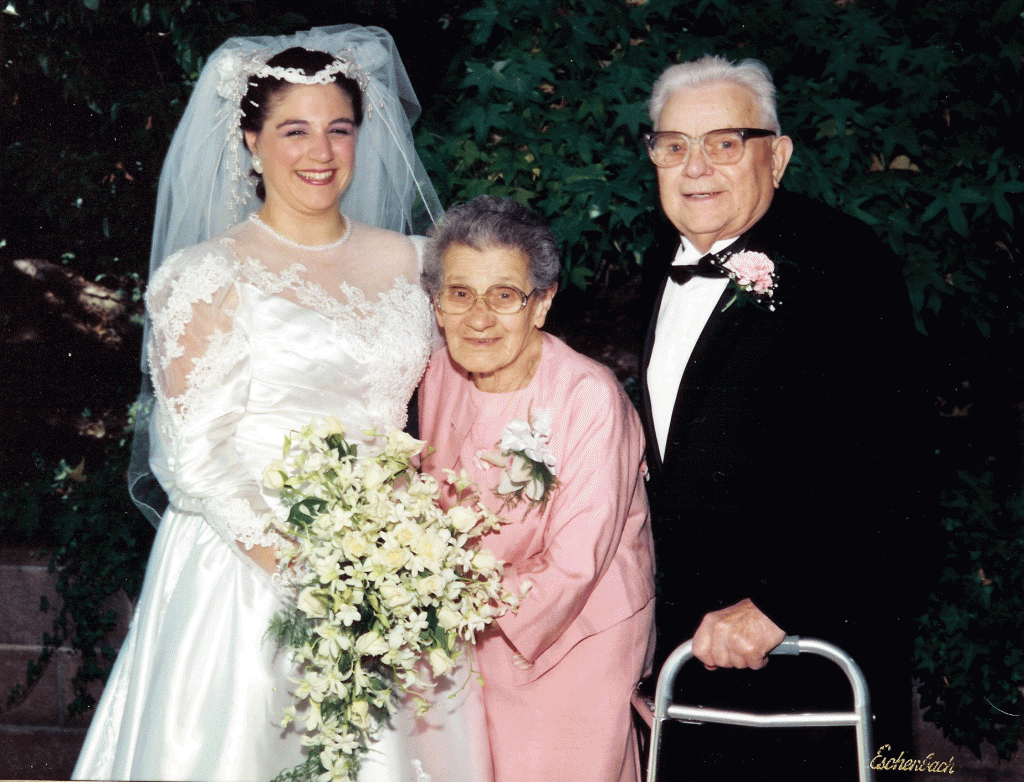
In 1998 when I started, my kids were 2 years old and 6 months old. I had to work from nap time to nap time during the day. I would produce about 5-6 patterns a year for magazines, and I started my own pattern line from rejected patterns. Now I produce countless patterns a year (for example in 2013, I completed 4 books, 2 of which had 96 patterns total each), both for myself and for other publishers. I have 24 paid stitchers who help me get all the models made every year. At the beginning, I would teach only night time classes so my husband, who worked out of the home at that time, could be with the kids. That was my get-out-of-the-house-and-be-with-adults time! As they got older I started to travel to events to teach. I started with just once a year when my husband could take vacation in the summer, to now going as many as 5-6 times a year. I also started teaching online through Craftsy and can reach far more people now, which is amazing in and of itself. I will still teach local classes from time to time, but they are more of a special appearance now.
What new thing are you exploring now?
Right now, my focus is to get back to my roots again. My dream when I started was to be my own business as a designer / author / instructor. Designing for magazines and other publishers was to get me the experience, but now I really want to be more me, with a few books and designs done elsewhere. So I am exploring making more maps (goal setting) that put me on track every quarter to get what I need to do accomplished. I am also exploring how to “Wrangle My Time” with Tara and creating my marketing plan. All of this is focusing on getting back to my roots and finding what actually works for me.
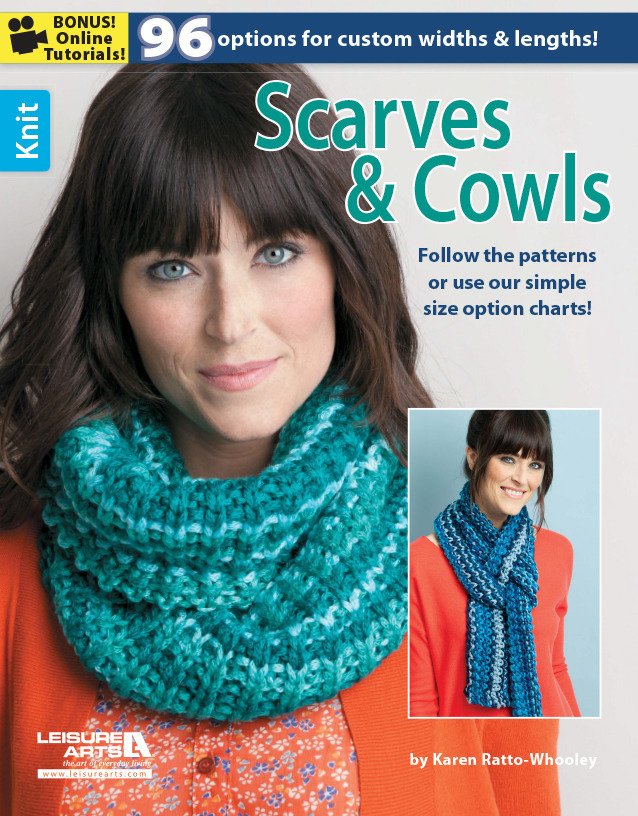
What's your definition of success in your business?
Success to me in my own business is to create patterns, books and classes that *I* love that also meet the needs, wants and desires of my customers and clients. It is not losing sight of what my goals for my business are, and to promote the crafts I love in a way that makes others love them, too!
What's the next destination you're working towards?
Right now, I am working toward getting a few more things off my plate and I am working on developing some systems to streamline what I do as far as designing, publishing, blogging, etc. so that I can finally sit down and develop the next self published book I have had in my head for more than 2 years now! Getting that book out into the world is my next step to regain my goal of being my own publisher again.
Want to learn from other Starship Captains? Sign up here to read their stories!

